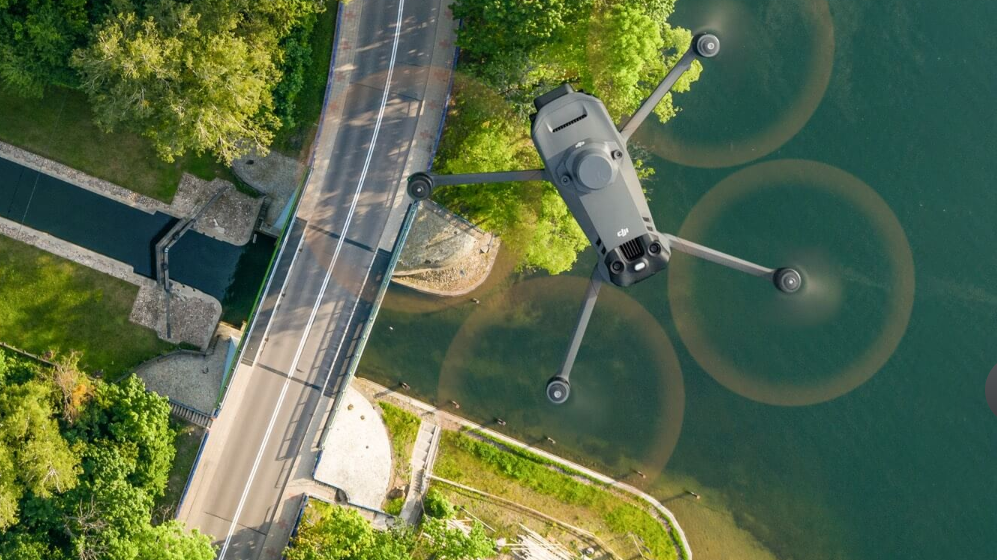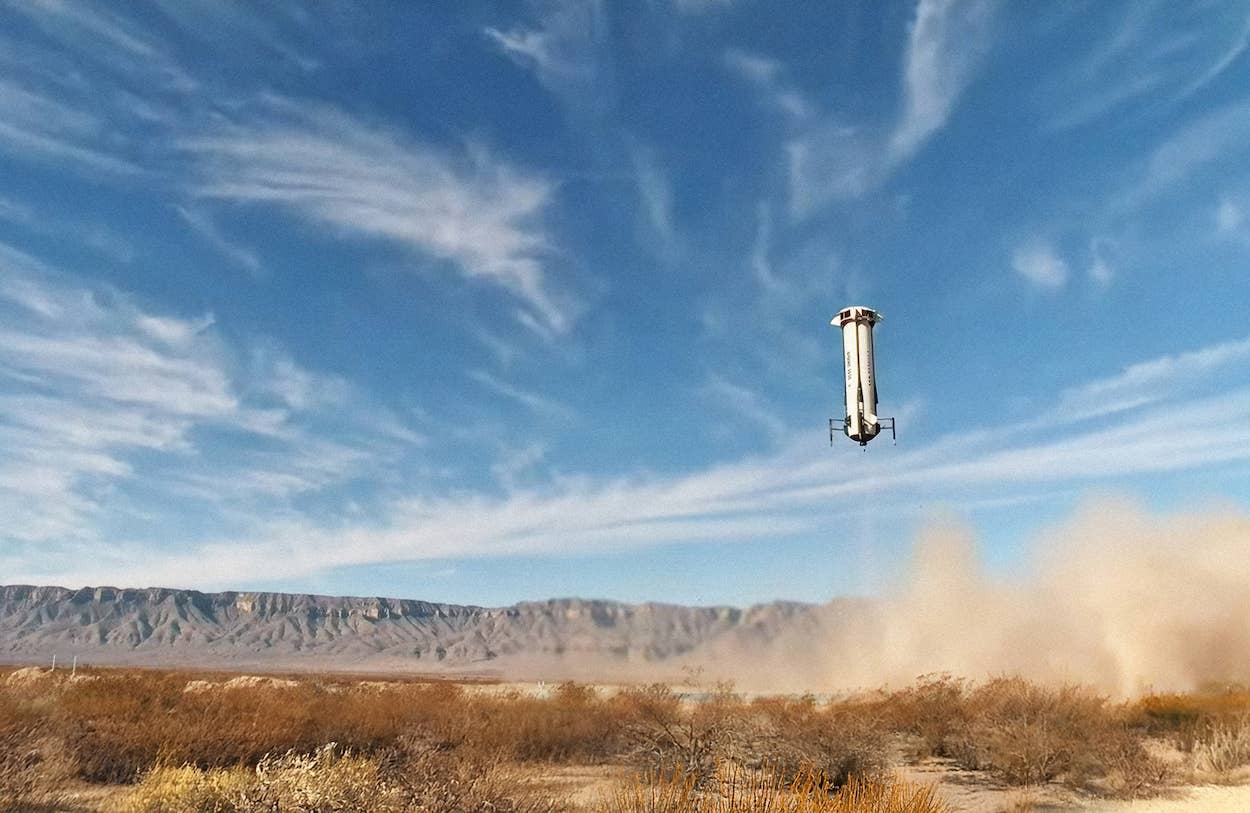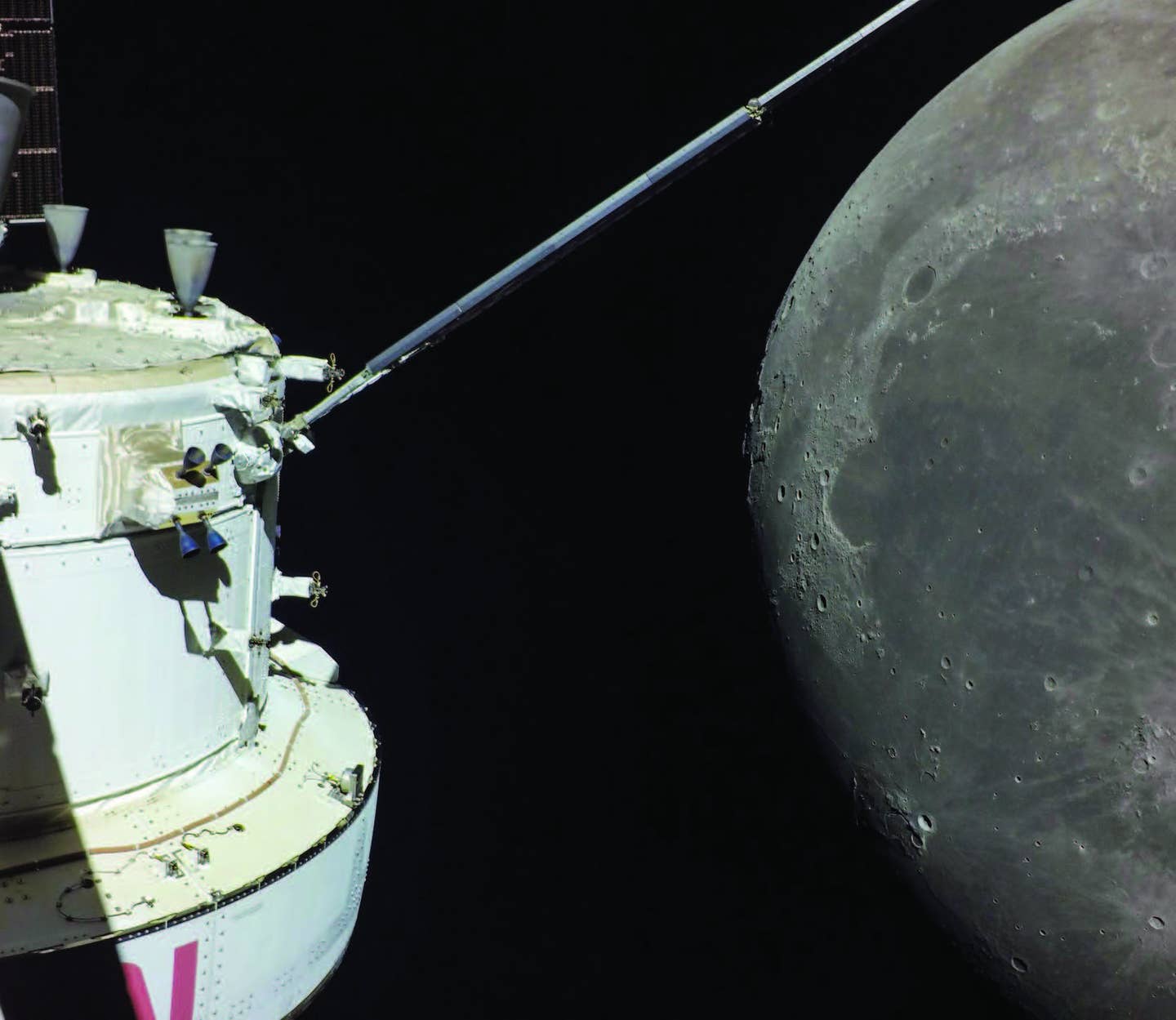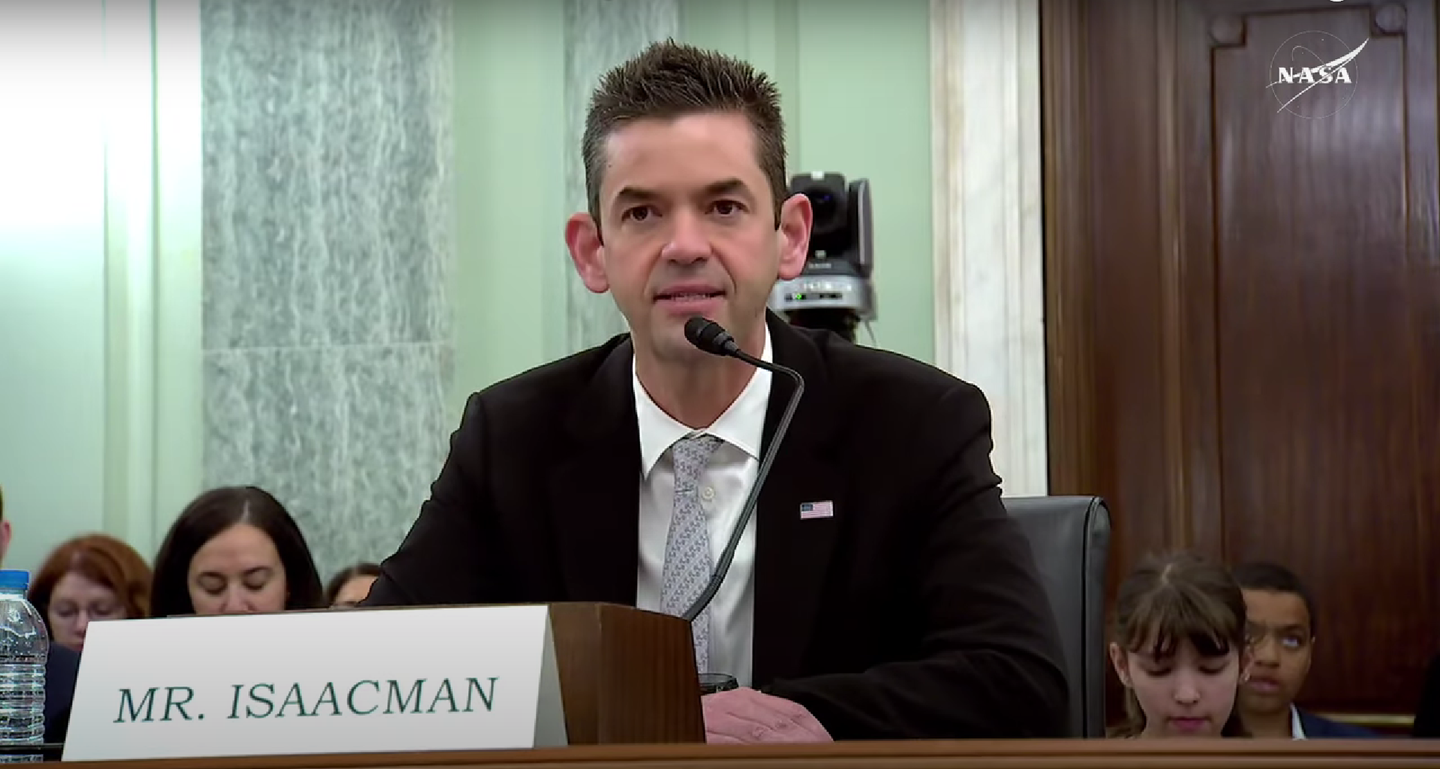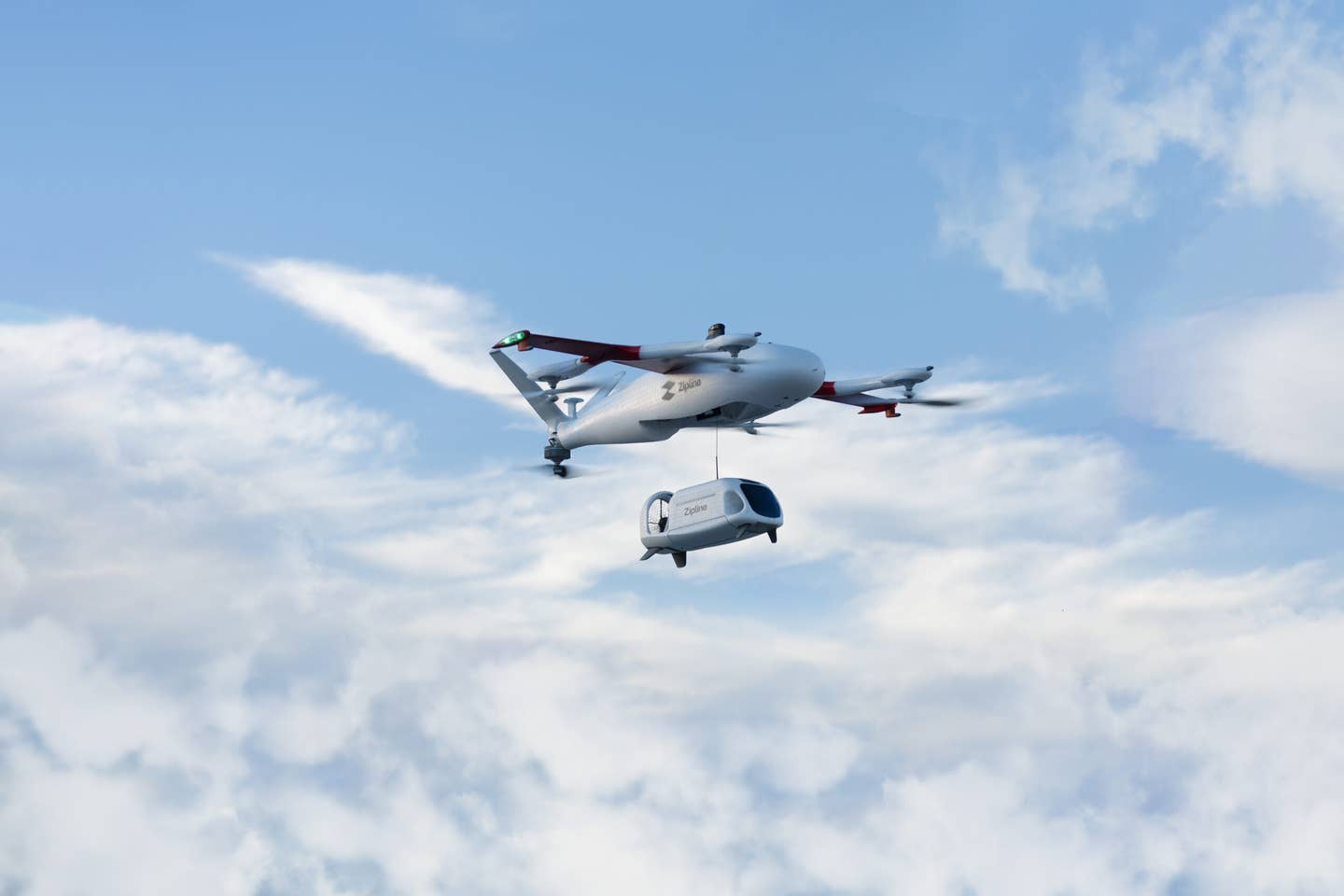Boeing Starliner Returns Home Safely
The mission to return the spacecraft to Earth concludes a flight test to the International Space Station that was unexpectedly extended to three months.
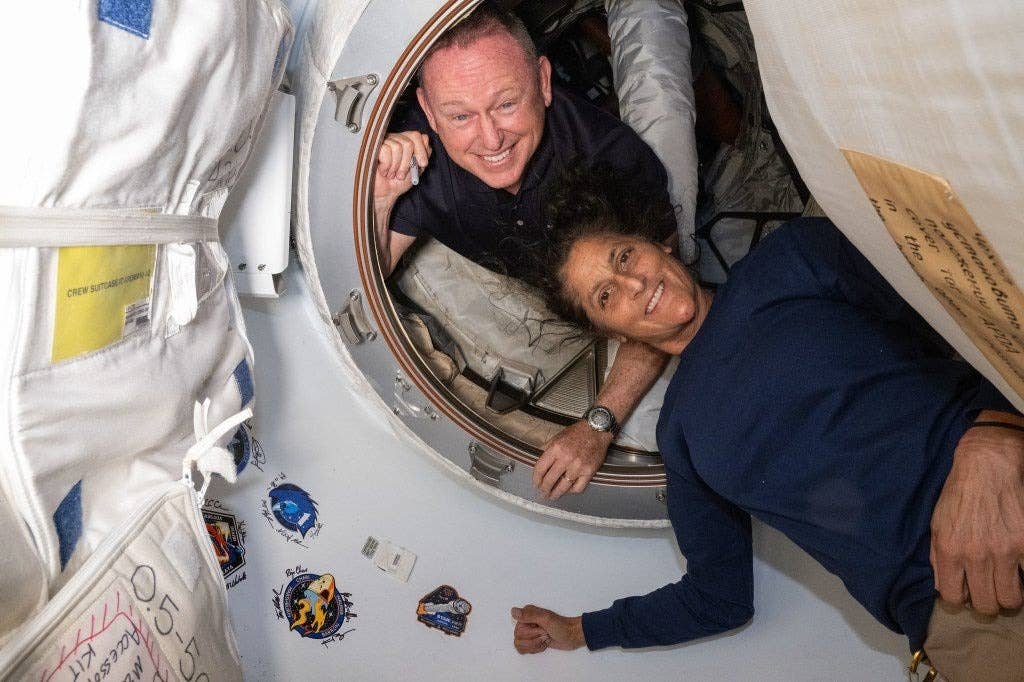
The two astronauts aboard the Starliner, Barry “Butch” Wilmore and Sunita “Suni” Williams, will remain at the ISS until their return via the SpaceX Dragon spacecraft next February. [Credit: NASA]
The uncrewed Boeing Starliner safely returned to Earth on Friday night, landing at White Sands Space Harbor in New Mexico at 12:01 a.m. EST the following morning.
The mission to return the spacecraft to Earth concludes a flight test to the International Space Station (ISS) that was unexpectedly extended to three months after Starliner experienced helium leaks and thruster malfunctions on June 6.
The two astronauts aboard the Starliner—Barry “Butch” Wilmore and Sunita “Suni” Williams—have since been staying on the ISS alongside the Expedition 71 crew. After weeks of in-space and ground testing, technical interchange meetings, and agency reviews, NASA announced in August that Wilmore and Williams would be returning via the SpaceX Dragon spacecraft next February.
- READ MORE: A Brief History of Astronauts Stuck in Space
A news release from NASA on Friday stated that its Commercial Crew Program requires a spacecraft to fly a crewed test flight to prove the system is ready for regular flights to and from the orbiting laboratory. The goal of NASA’s Commercial Crew Program is safe, reliable, and cost-effective transportation to and from the ISS and low Earth orbit.
Following Starliner’s return, the agency will review all mission-related data.
Ken Bowersox, the associate administrator for the space operations mission directorate at NASA Headquarters in Washington, D.C., said in the release that he was proud of his team’s work during the flight test and Starliner’s safe return.
“I am extremely proud of the work our collective team put into this entire flight test, and we are pleased to see Starliner’s safe return,” Bowersox said. “Even though it was necessary to return the spacecraft uncrewed, NASA and Boeing learned an incredible amount about Starliner in the most extreme environment possible. NASA looks forward to our continued work with the Boeing team to proceed toward certification of Starliner for crew rotation missions to the space station.”
The flight on June 5 was the first time astronauts launched aboard the Starliner. It was the third orbital flight of the spacecraft, and its second return from the orbiting laboratory. The spacecraft will now ship to NASA’s Kennedy Space Center in Florida for inspection and processing.
“We are excited to have Starliner home safely,” said Steve Stich, manager of NASA’s Commercial Crew Program, in the release. “This was an important test flight for NASA in setting us up for future missions on the Starliner system. There was a lot of valuable learning that will enable our long-term success. I want to commend the entire team for their hard work and dedication over the past three months.”
Bringing Starliner Home
As scheduled, Starliner departed from the ISS at 6:04 p.m. EDT Friday evening.
The spacecraft’s 59-second deorbit burn went off without a hitch just over five hours later at 11:17 p.m. EDT. Despite initial concerns around the mutch-scrutinized aft-facing thrusters, telemetry visualization on NASA’s broadcast showed they appeared to fire as needed.
The service module separated and performed its disposal burn, and Starliner was then set to reenter the atmosphere and touch down around midnight.
Live video taken from the ISS and two NASA chase planes showed the craft streaking through the atmosphere for a little under an hour before the ship touched down at White Sands Space Harbor at 12:01 a.m. EDT. Landing and recovery teams followed NASA’s previously published mission timeline plans, and the spacecraft was then on its way to Kennedy Space Center.
Following the mission, NASA hosted a live post-landing press conference to answer questions from journalists. Officials answering questions were Joel Mantalbano, deputy associate administrator for the space operations mission directorate at NASA Headquarters; Steve Stich, Commercial Crew Program manager at NASA Kennedy; and Dana Wiegel, International Space Station manager at NASA Johnson.
Stich said during the conference that Starliner executed a nominal breakout sequence.
“[It’s] the first time we've used that to back away from the station,” Stich said. “We backed out to about five meters and then did a series of about 12 burns using the service module 4 jets. After that sequence of maneuvers, we ended up opening at about 22 kilometers per rev away from the space station. All those thrusters did really well through that SEP [Solar Electric Propulsion] sequence, no problems at all. [There were] no fail-offs or any problems at all.”
He further stated that all eight of the Starliner’s forward thrusters and the two aft thrusters worked well during a hot fire.
“We had great performance from the GNC system, the guidance navigation control [and] the Vesta system,” Stich said. “Last fight on OFT2, we had a little bit of trouble with what we call a ‘calibration maneuver’ to really make sure that the attitude is good for this space integrated GPS INS system, and that went really well. We had a deorbit burn that executed on time at 11:17 p.m. central. It was about 130 meters per second, a 58 second burn. It was a really good burn and the service module thrusters performed well for that burn [and] the OMAX performed well.”
During the deorbit burn, Stich stated that the team noticed temperatures being a little higher in the top and starboard “dog houses.” He said that one of the thrusters—S2A2—didn’t fail off but had a little higher temperature than expected.
Stich said that Starliner performed great during entry, but one of the 12 thrusters—an upfiring thruster—did not perform at all during a hot fire before entry. He also said that the SIGI-3 navigation system failed off temporarily during landing. The SIGI-2 also had a couple of hiccups during entry that Stich said his team would be looking into.
What’s Next for NASA and Boeing?
Despite the change in mission plans over the last several months, Mantalbano said he would not describe this test flight as a mission failure.
“I would not call it a successful failure,” Mantalbano said. “We knew going in this was going to be a test mission. We learned a lot. The teams worked together, both the Boeing and the NASA team to understand the systems of the spacecraft and how they operated. The team worked together at White Sands to understand the analysis that was done. On the test mission, things don't always go as you planned. And so we were prepared. The fact that this vehicle is home, we’re very happy to have the vehicle home. To me, [this was] a success. Clearly we [have] some work to do. The teams will understand that work and move forward.”
When asked if the next flight would be fully certified or another test flight, Stich said that it was too early to say.
“I think we wanna take the steps to go look at all the data,” Stich said. “Certainly our goal is to get to the rotation flight. Our goal all along has been to have one flight a year, one flight from Boeing Starliner, and another flight from SpaceX with Dragon. It’ll take a little time to determine the path forward. But today we saw the vehicle perform really well. We’ve got some things we know we’ve got to go work on, and we’ll go do that and fix those things, and then go fly when we're ready.”
Stich said that one of the first things NASA will do when the Starliner is taken back to Kennedy Space Center will be analyzing the tracking data relay satellite to the ground from the recorded data onboard.
“With the test flight, we have a number of sensors across the systems that record data,” Stich said. “We’ll want to downlink all that high rate data and take a look at that data. And then it’s a series of analyzing all the data from the entry, the undocking and the deorbit across all the systems on the vehicle to just see if there's anything that was off nominal. We’ll study the data at a little higher rate. So it will take a couple of weeks to get it back and a week or so to get the data off the spacecraft.
Several journalists present at NASA’s press conference asked why Boeing wasn’t in attendance to answer questions. Mantalbano answered that Boeing deferred to NASA because it represents the mission.
“I will tell you that Boeing has critical work that they do for NASA in the International Space Station Program, the Commercial Crew Program, and the Space Launch Systems Program,” Mantalbano said. “Their work is critical to our success, and we fully expect Boeing to continue all three of those programs.”
When asked again if the relationship between NASA and Boeing had been damaged, Mantalbano reaffirmed his previous statement.
“And I think from a human perspective, all of us feel happy about the successful landing, but then there’s a piece of us, all of us, that we wish it would have been the way we had planned it,” Stich said. “We had planned to have the mission land with Butch and Suni on board. I think there's, depending on who you are on the team, different emotions associated with that. And I think it's going to take a little time to work through that. For me, a little bit, and then for everybody else on the Boeing and NASA team.”

Sign-up for newsletters & special offers!
Get the latest FLYING stories & special offers delivered directly to your inbox

